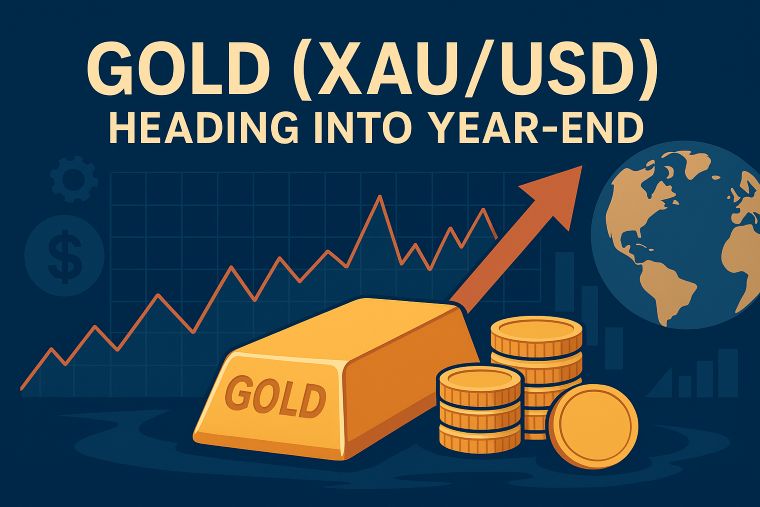4 min to read
The latter part of the trading session witnessed a strengthening demand for the US dollar
leading the USD/JPY exchange rate to extend its gains to the mid-146 yen range.

“In the New York foreign exchange market today, the latter phase of the trading session bore witness to a robust surge in demand for the US dollar”
Consequently, the USD/JPY exchange rate made a notable ascent, extending its gains to attain the mid-146 yen range. This pronounced upswing was conspicuously influenced by the disclosure of the FOMC (Federal Open Market Committee) minutes during the afternoon session. Notably, these minutes contained allusions to the potential necessity of implementing further tightening measures, substantiating that “inflation risks may necessitate additional measures.” Furthermore, it was unveiled that a majority of FOMC members harbor considerable apprehensions regarding upward inflation risks.
Persisting in this trajectory, the USD/JPY exchange rate consistently adhered to its upward trajectory, reaching the 146 yen range—a level not encountered since November of the preceding year. It’s worth noting that this threshold closely approximates the intervention point that was observed by the Japanese Ministry of Finance in the past year. While the market remains wary of impending intervention prospects, a prevailing sentiment advocates that preemptive preparation for such contingencies remains somewhat premature. This consensus rests on the premise that intervention is unlikely to be enacted until the exchange rate crosses the threshold of at least 150 yen. In contrast to the preceding year, current circumstances indicate a diminished political push within the Japanese government for yen depreciation. Coupled with the resilience of domestic demand and the relative decline in oil prices compared to the previous year, the extent of political sway is considered to be restricted.
Finance Minister Suzuki iterated today that “excessive volatility is undesirable. We will respond appropriately to excessive movements.” However, it’s pertinent to underscore that there generally exists a temporal gap between verbal intervention and tangible intervention actions. In light of the fact that the current strategy of heightened verbal intervention is still in its nascent stages, the immediate prospect of intervention remains improbable. Nonetheless, some observations hint at the possibility of intervention taking some form of action should the exchange rate cross the 150 yen threshold.
Switching our focus, indications suggest that the Bank of Japan’s Yield Curve Control (YCC) policy is unlikely to undergo any immediate supplementary adjustments. This dynamic ushers in a favorable opportunity for yen carry traders to reposition their holdings. The strategy of yen carry trade may persist until the Bank of Japan reevaluates its stance on the negative interest rate policy.
Simultaneously, the Euro to Dollar (EUR/USD) exchange rate remains entrenched in its exploration of lower levels, descending once again to the 1.08-dollar range. The exchange rate continues to trade below the 100-day moving average, and growing conjecture surrounds the possibility of it testing the 200-day moving average situated around 1.0785 dollars.
Some analysts highlight the discernible interest rate differential between the Eurozone and the United Kingdom, which could potentially evolve into a burden for the Euro. The prevailing projection is that the policy interest rates set forth by the Bank of England will endure at a heightened level in comparison to the European Central Bank (ECB) for an extended duration, potentially engendering a suppressive effect on the Euro’s strength.
Within the short-term financial realm, the United Kingdom’s interest rate is anticipated to ascend to the pinnacle of 6%, maintaining this altitude until August 2024. By contrast, the ECB’s deposit rate is envisaged to peak at approximately 4% before initiating a descent sooner than the United Kingdom’s interest rate trajectory. Consequently, owing to the protracted elevation of interest rates in the United Kingdom relative to the Eurozone, the Euro could conceivably experience downward pressure in its exchange rate against the British Pound. Market participants are expected to exercise heightened vigilance, meticulously tracking the interest rate differentials and policy approaches of both the Eurozone and the United Kingdom.
Turning our attention to the Pound to Dollar (GBP/USD) exchange rate, it encountered some resistance during the concluding phase of the trading session. However, instances were observed wherein the exchange rate rebounded, returning to the vicinity of 1.2765 dollars. The London trading hours witnessed the unveiling of the UK’s Consumer Price Index (CPI) for July. While the headline index indicated an anticipated trend of inflationary moderation, the core index exceeded anticipations, signaling the enduring presence of inflationary pressures.
Against this backdrop, market focus is now riveted on forthcoming UK inflation and wage data, as these datasets could lay the foundation for a consequential 0.50% rate hike in September by the Monetary Policy Committee (MPC) of the Bank of England. The preceding day’s wage data, coupled with the contemporaneous inflation figures, substantiates the Bank of England’s perspective on the necessity for heightened tightening. Certain analysts opine that “the only question is whether the rate hike will be by 0.25% or 0.50%.” In the immediate short-term financial landscape, the prevailing consensus points to a 0.25% rate hike in September, with the possibility of a 0.50% rate hike estimated at approximately 20%.
Visit XM Official Website.

